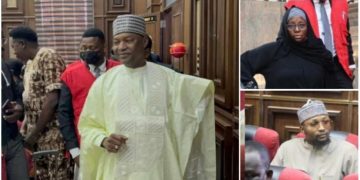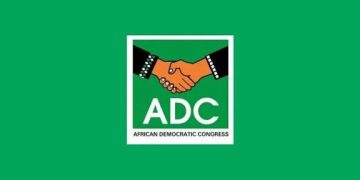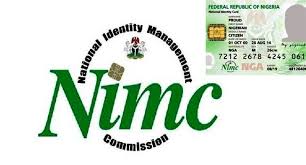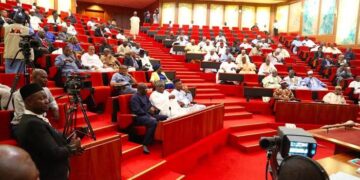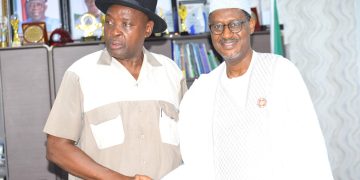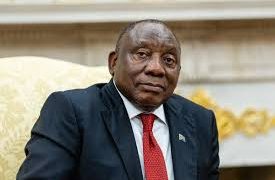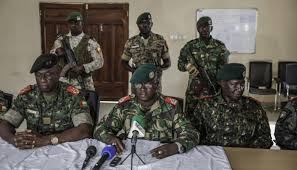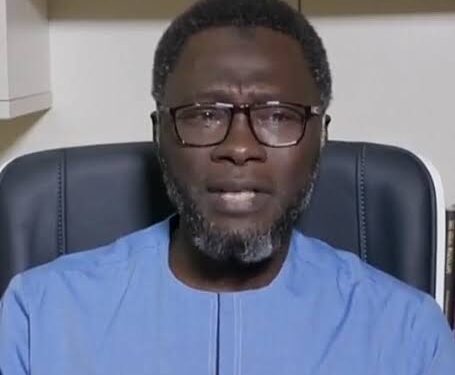By, Ussiju Medaner
The impending total solar eclipse on April 8, 2024, perfectly coincides with the final days of Ramadan, prompting extensive discourse concerning its potential influence on the critical Islamic tradition of moon sighting.
This remarkable alignment of a significant celestial event with a crucial time in the Islamic calendar has sparked both curiosity and spiritual introspection. The total solar eclipse intersecting with the conclusion of Ramadan, Islam’s holy month of fasting, offers a unique intersection of the heavens and spirituality. With the eclipse anticipated to occur on April 8, 2024, the Muslim community is actively engaging in discussions about its possible repercussions on Ramadan observances, especially the tradition of moon sighting, which is deeply rooted in Islamic practice.
The Islamic lunar calendar designates Ramadan as its ninth month, and it is fervently marked by fasting, prayer, reflection, and fellowship. The advent and completion of Ramadan are traditionally confirmed by the physical sighting of the crescent moon, also known as the Shawwal moon. This sighting heralds the end of Ramadan and the beginning of the Eid al-Fitr festivities. For the year 2024, the astronomical new moon (conjunction) is calculated to occur on April 8, at 18:21 Universal Time, at which time the moon is not expected to be visible anywhere on Earth. However, it is anticipated that the moon will become distinctly observable in Europe, Africa, and the Americas by April 9, and across the globe by April 10. The solar eclipse’s coincidence with Ramadan’s end, however, may affect the moon’s visibility, consequently influencing the determination of Eid al-Fitr’s timing.
The hadith, “So when you see the eclipse, remember Allah and say Takbir, pray and give Sadaqa,” underscores the spiritual significance of astronomical phenomena (Sahih Bukhari, Vol. 2, Book 18, Hadith 151).
During Prophet Muhammad’s (peace be upon him) lifetime, he demonstrated a special prayer for eclipses, as described by his wife Aisha (may Allah be pleased with her). She narrated that the Prophet, upon witnessing the eclipse, promptly gathered with the community at the mosque to pray. Initiating the prayer with Takbir and an extended Quranic recitation, followed by a lengthy bowing and the pronouncement, “Sami allahu liman hamidah,” he refrained from prostrating. He then stood for a second, shorter recitation and bowing. After a series of praises to Allah and prostrations, a prayer encompassing four bowings and prostrations was completed as the eclipse receded.
Following the prayer, the Prophet addressed the congregants, extolling Allah and clarifying that the sun and moon serve as divine signs, with eclipses not associated with the life or death of individuals. He encouraged the community to turn to prayer in the face of such celestial occurrences.
Az-Zuhri relayed a narrative indicating that ‘Abdullah bin Az-Zubair once conducted a two Rakat prayer during an eclipse in Medina, mirroring the Fajr prayer, due to his lack of knowledge regarding the Prophet’s prescribed method for eclipse prayers. ‘Ursa confirmed that ‘Abdullah bin Az-Zubair indeed prayed two Rakats, having not been privy to the Prophet’s teachings on the matter.
In the wisdom of Allah Ta’ ala, all things are known.














